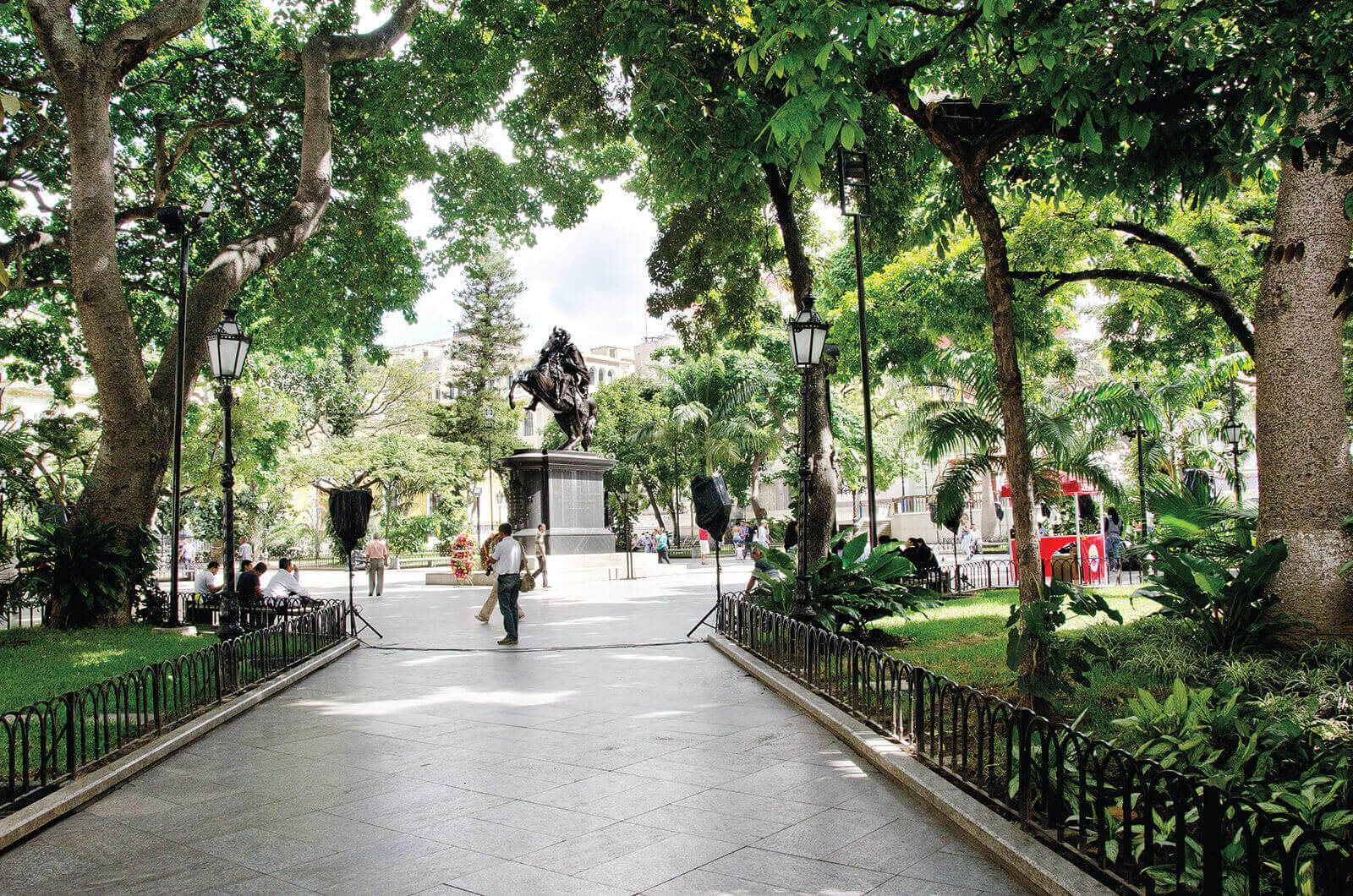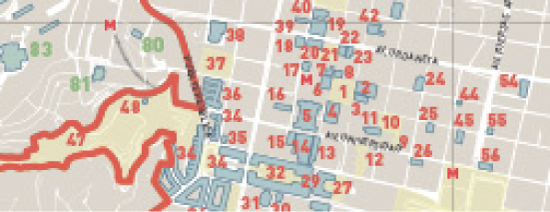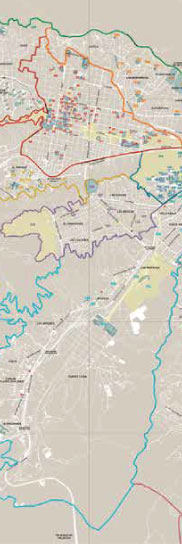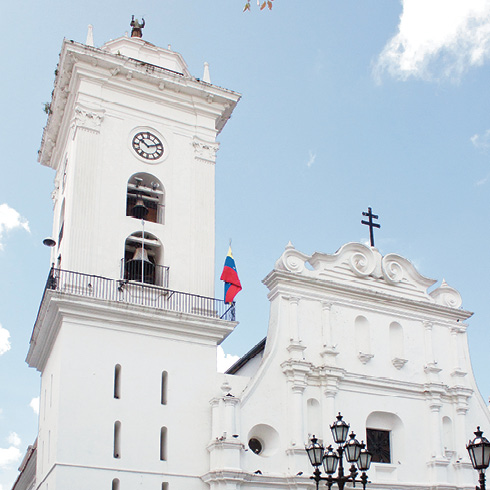DDN
The plaza mayor was the center of the 24-block matrix of Caracas in 1567. The institutional buildings surrounding it since its founding ―church and town hall― remain today. In 1754, Felipe Ricardos, governor of Caracas, ordered the construction of arcades around it, to be the Market Square. After the Independence, it was called Plaza de Armas, until it was renamed Plaza Bolívar in 1842, upon the arrival in Caracas of the Libertador’s remains. Antonio Guzmán Blanco ordered the elimination of the arches and in 1871, commissioned the plaza remodeling, following the French formal scheme: a layout of paths in a double cross, like the «British flag», with trees throughout ―prototype of the plaza Bolívar found in every Venezuelan town―. On November 7 of 1874, the bronze piece by Italian sculptor Adamo Tadolini was unveiled, a replica of the statue of the Plaza Bolívar in Lima, made by von Müller Foundry. It is said that Guzmán Blanco ordered samples of coins, of each newspaper, a copy of the Act of Independence and a copy of the November 1872 Decree, in which he, as president, authorized the work, to be deposited in a pit under the pedestal. There have been few changes in the plaza since 1874: the colored cobblestones were changed for gray marble tiles in 1967, and the full restoration of 2003, which included gardens, fountains, floors and lighting.
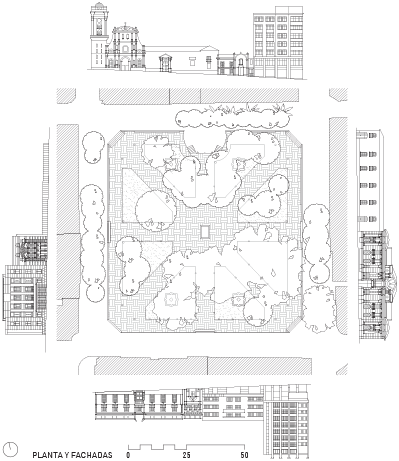
planta
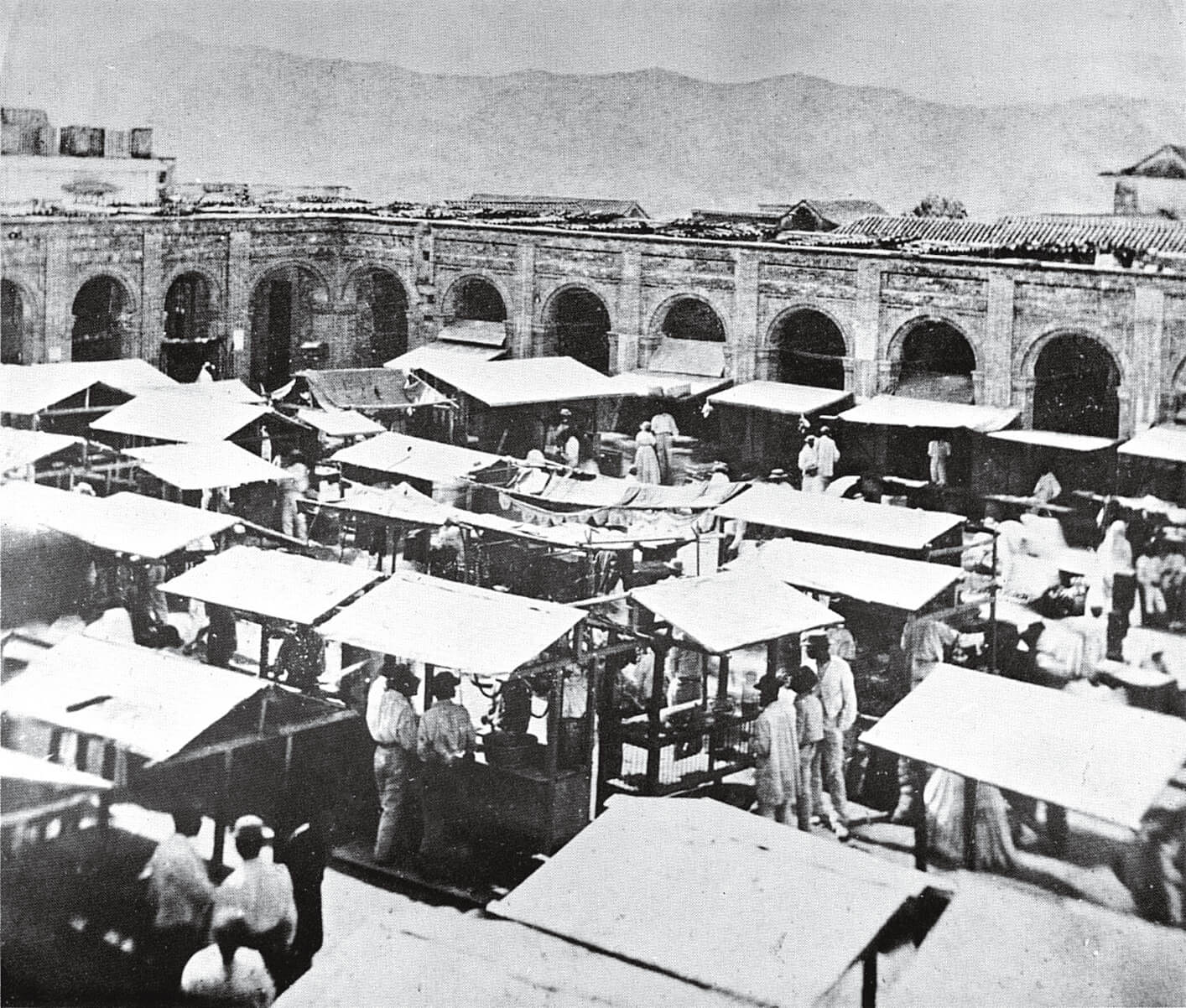
DF-04


